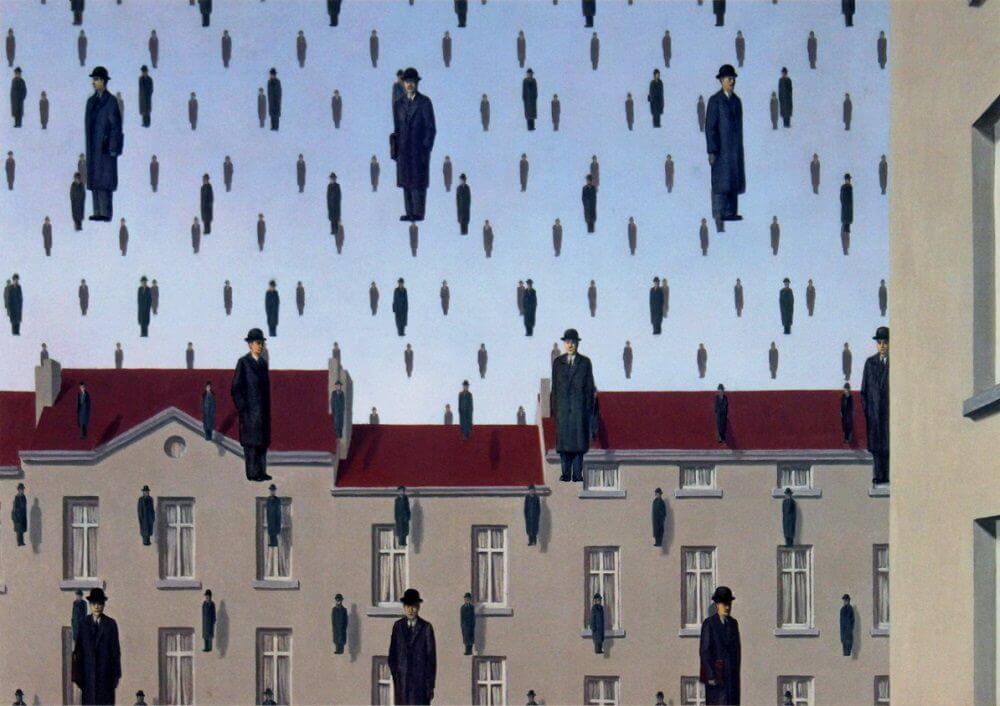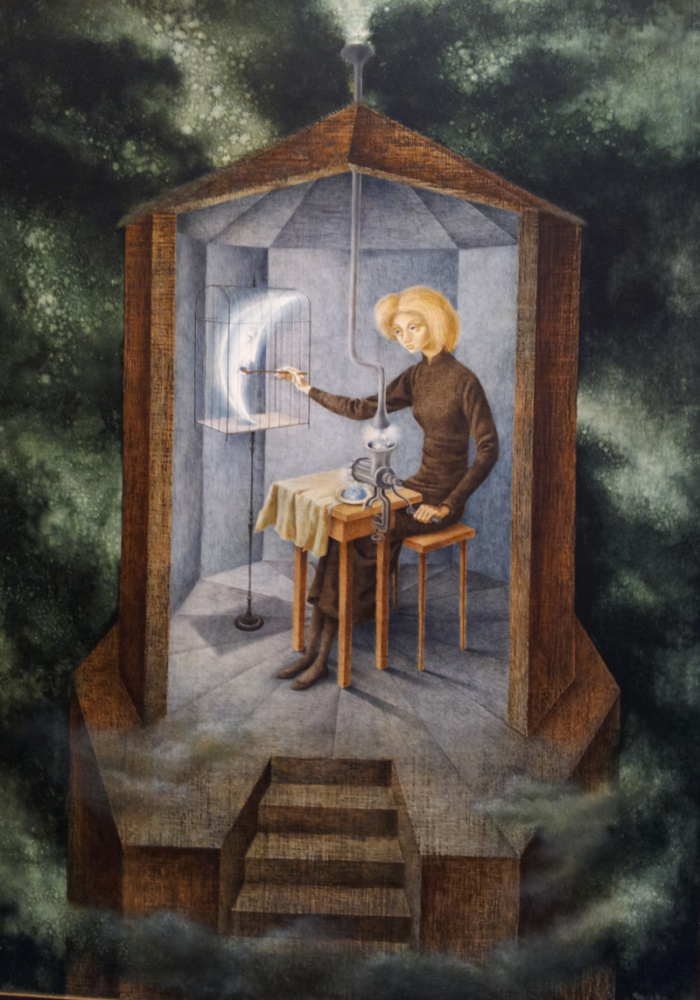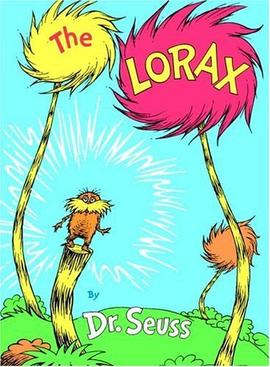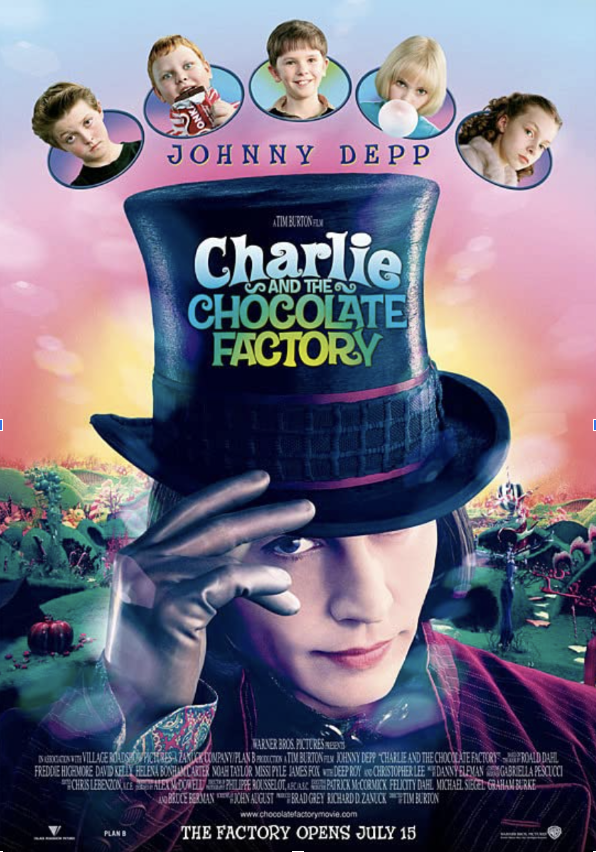Whimsical Aesthetic
Our modern day definition for Whimsical is “Silliness mixed with optimism” [6]. The dictionary Definition of Whimsical is “Playfully quaint or fanciful, especially in an appealing and amusing way” [7]. Fairytales and children’s book illustrations are commonly associated with being whimsical due to their appearances of randomness and chaos. The core of this aesthetic is being very playful and childlike. This aesthetic has been prevalent in art for hundreds of years. Recent fashion trends and fashion from the 90s correlate to being whimsy due to their “fairy like” nature. The whimsical aesthetic is a very technical work of art, even though it comes off as childlike.
Whimsical art has been around for hundreds of years. Many of the art we consider whimsical began with Lewis Carroll who utilized this whimsical aesthetic to create his fairytales. Alice in Wonderland brought together imaginative chaos in a beautiful way to tell a story that spoke to all ages. Fairytales’ goal is to create a world to escape into, and what feels like complete absurdity moves its audience to not take things so seriously, and find an answer to the question “who am I”. It is in the whimsyness that we are able to find optimism from a talking rabbit and a mad hatter.

Alice in Wonderland [2]
Surrealism: Early 1900s to 1940s
Surrealism is a part of the whimsical aesthetic. This art was used to bring a smile to society post World War I. Surrealism is used to create an alternate reality that gives dream like lore.

René Magritte, Golconda, 1953 [1]
Although random, it presents the viewer with an alternative reality that lets them escape from what they know.

Remedios Varo Uranga, Celestial Pablum, 1858 [1]
These surrealist paintings give a mystical energy and bring elements of nature together that are not typically interacting.
Mid 1900s: Dr. Seuss
Dr. Suess is the most well known whimsical artist we all know well. In his work, it seems random, but in reality it is as complicated as it is playful and childlike. His work uses vibrant colors to create a world of carefree that lets the imagination go wild and escape into an alternative reality.

The Lorax [5]
Whimsical in Film:
The most whimsical of whimsical films is Charlie in the Chocolate factory. It is in the complete chaos of the film, that every age group is able to get out an important message about the importance of being humble. The film is silly, chaotic, but wildly entertaining. It is a true work of art .

Charlie and The Chocolate Factory [3]
A Whimsical sense of fashion has become popularized in recent years. This style uses vibrant colors, patterns, layers, and natural elements to bring together a childlike essence. Clothes usually give “fairy” like energy. This includes mid length dresses, skirts, layers, funky sunglasses, boots, and lots of jewelry. Butterflies and flowers can be found covering the dresses. “The essence of the whimsical look is influenced by a mix of 90s influences, a sprinkling of woodland magic, and finished with a touch of Tim Burton-esque quirk. ” [4].

The Craft [4]
This photo of The TV show, the Craft embodies this whimsical style. The outfits are complicated with many different elements. Although each outfit has a lot happening, they are able to be pulled together. This style of fashion goes hand in hand with the cottagecore aesthetic.
The Whimsical Aesthetic is about bringing fairy energy with lots of colors, patterns, and accessories to randomness and chaos.
References
[1] Callerame, Emmanuelle. “10 Surrealist Paintings You Should Know.” Artsper Magazine, 1 July 2022, https://blog.artsper.com/en/a-closer-look/10-surrealist-paintings-you-should-know/.
[2] Carroll, Lewis, and Mabel Lucie Attwell. “Alice in Wonderland.” Amazon, Macmillan Children’s Books, 2016, https://www.amazon.com/Alice-Wonderland-Illustrated-Adventures-Illustrations/dp/B0BMZP8VRS.
[3] “Charlie and the Chocolate Factory.” IMDb, IMDb.com, https://www.imdb.com/title/tt0367594/mediaviewer/rm1861258496/?ref_=tt_ov_i.
[4] Culverhouse, Charlie, and Guap. “Equal Parts Whimsical and Moody: The Eclectic Whimsigoth Aesthetic.” GUAP, 8 Jan. 2023, https://guap.co/the-eclectic-whimsigoth-aesthetic/.
[5] “I Am the Lorax, I Speak for the Trees.” The Art of Dr. Seuss Collection, Published by Chaseart Companies, https://www.drseussart.com/illustration-art/i-am-the-lorax-i-speak-for-the-trees.
[6] “Oxford Languages and Google – English.” Oxford Languages, https://languages.oup.com/google-dictionary-en/.
[7] “Vorthos Art History: Whimsy: Article by Vorthos Mike.” CoolStuffInc.com, https://www.coolstuffinc.com/a/vorthosmike-12202017-vorthos-art-history-whimsy#:~:text=It%20began%20in%20Paris%20in,art%20was%20controlled%20by%20politics.


2 Comments. Leave new
[…] Handwritten Fonts: Combine with a script font like Dancing Script for a playful, whimsical aesthetic. […]
I love how you captured the playful essence of it all, from Lewis Carroll’s imaginative chaos to Dr. Seuss’s vibrant worlds. But hey, what about the role of contemporary artists? It would be interesting to see how today’s creators bring whimsy to life, perhaps through digital art or social media!You posed the intriguing question, “What feels like complete absurdity moves its audience to not take things so seriously?” I’d love to hear more thoughts on how that message resonates in our fast-paced world!Also… I can’t help but chuckle at the idea of “Whimsigoth” fashion -where cottagecore meets quirky goth vibes! Imagine layers of lace, colorful butterflies, and just the right amount of dark whimsy! Let’s get a discussion going—what whimsical elements do you think are a must in our wardrobes?